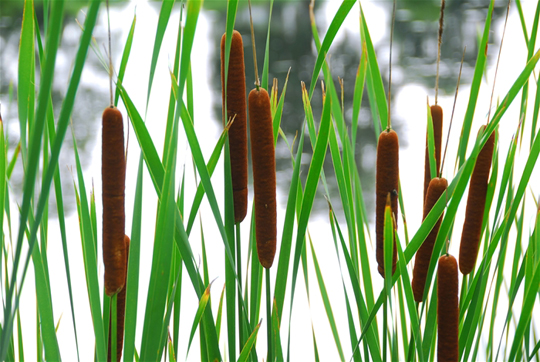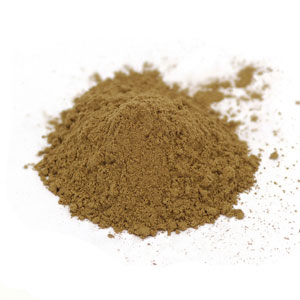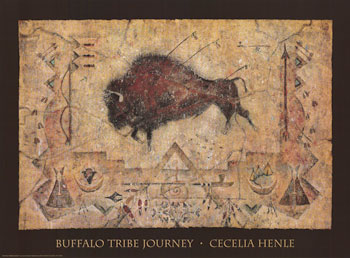Cattails can be found virtually anywhere in the wilderness where there is a water source and are a supermarket full of food and uses that can help ensure your survival.
Food & Dyes & Medicine
Native American food, dyes, and medicine plants
Native American medicines can be spiritual or physical. Each animate and inanimate object in our world holds its own special powers, lessons, and healing qualities. Many modern medicines we use today have their basis in native American medicine teachings.
Foods native americans consider tabboo
The Camas lily was used by Native Americans for medicinal purposes and its root bulbs were collected to make bread, or roasted like a potato.
Native American super foods
22 ViewsOn American Indian reservations, the traditional diet of wild plants and game for food is increasingly being replaced with a far less healthful diet of predominantly high-carb, high-sugar foods.
The Standing People (trees) each have different qualities associated with their species. Here are some of the meanings associated with trees.
Horse meat is not only a delicacy in Europe and China; it’s also one here. Since at least the 1500s, Navajos have harvested and consumed horses.
This is according to Tim Begay, a Navajo Cultural Specialist with the Navajo Historic Preservation Department, who added that horse consumption in the Navajo Nation was and is mostly a way to combat the common cold and flu, and an alternative food source for families during the winter months.
The Washoe Indians were hunter – gatherers from the arid Great Basin Region. The Washoe women gathered plants for food and medicinal purposes. Some were eaten as soon as they were collected. Others were prepared for winter use. Up to 70% of the Washoe diet came from wild plants. These included nearly 200 species. Some of the most common were:
WELLSTON, Mich. (AP) – As the setting sun cast long shadows over Pine Lake,
its surface rippled by a gentle breeze, Jimmie Mitchell dropped a pinch of
tobacco into the water – a gesture of gratitude for nature’s bounty.
Mitchell, chairman of the natural resources commission with the Little River
Band of Ottawa Indians, and tribal biologist Marty Holtgren have netted 11
yellow perch and two bluegill from the small lake in southern Manistee County.
Their mission is partly scientific – evaluating fish population dynamics in
area lakes. But the perch and bluegill will be frozen and eventually served
during a ceremony, perhaps a funeral or festival. To the Anishnaabe tribes of
northern Michigan, fish is more than just food. It’s a link with past
generations, a symbol of cultural identity.
And that makes mercury contamination a particularly touchy matter.
Long before the Pilgrims sailed into Plymouth harbor, tribes living in what today is called Arizona developed a distinctive cuisine around corn, beans and squash. It was corn, believed to be the ultimate source of life, that dominated.
Cherokee Nation Grape Dumplings
22 ViewsThis traditional recipe was originally made with gathered wild grapes called possum grapes. Today’s Indian cooks now often make it with Welch’s Grape Juice.
The Black Drink
22 ViewsEver wonder how prehistoric man survived without coffee? Millions of Americans depend on a morning cup of coffee to jump-start their day. Florida’s own Timucua Indians had something just as good – the Black Drink. It came from a plant called Yaupon Holly, in Latin – Ilex vomitoria. How could a plant with a name like that rival modern coffee?
Porcupine Pot Roast
22 ViewsWhat does porcupine taste like? Generally, the flavor of porcupine meat will be influenced somewhat by whatever it’s been eating, but generally, Porcupine Pot Roast tastes similar to a pork roast.
Bearberry aka kinnikinnick
22 ViewsBearberry is widespread and common in forests throughout the northern United States. The brilliant red berries remain on the plant all winter and provide survival food for bears when they emerge from their long sleep.
Gathering and Using Medicinal Herbs in the Cherokee Tradition.. KEYWORDS: cherokee medicinal herbs gathering use preservation of medicinal herbs cherokee herbalists The Cherokee have been gifted by the Creator with an understanding of the gathering, use and preservation of medicinal herbs. The Cherokee believe that these plants were put on this earth to provide not […]
The true history of Thanksgiving
22 ViewsAt the end of their first year, the Puritans held a great feast following the harvest of food from their new farming efforts. The feast honored Squanto and their friends, the Wampanoags. The feast was followed by 3 days of “thanksgiving” celebrating their good fortune. This feast produced the image of the first Thanksgiving that we all grew up with as children. However, things were doomed to change.
Valarian Root Indian Powder
22 ViewsValarian Root Indian Powder… KEYWORDS: valarian root indian powder indian herb herbs used by Indians infusion decoction extract tincture remedy for sleeping disorders natural remedy for nervous conditions
Valarian is used as an infusion, decoction, extract and tincture. The 1997 Commission E on Phytotherapy and Herbal Substances of the German Federal Institute for Drugs recommends Valerian root for ‘Restlessness, sleeping disorders based on nervous conditions.’
Antelope meat is low in Sodium. It is also a good source of Protein, Thiamin, Iron, Phosphorus and Selenium, and a very good source of Riboflavin, but it is high in cholesteral. This mild flavored meat is delicious!
TULALIP – Two fires burned on the dirt floor of the Tulalip longhouse, giving off smoke and bits of ash that wafted upward through openings in the top of the building. Hundreds of people filled the wooden platforms built into each side of the structure. Tulalip tribal members sat next to public officials from Marysville and Everett. Visitors from nearby tribes such as the Makah and Suquamish, and even a member of the Hopi and Laguna Pueblos, bumped elbows with guests from Seattle. Three wide-eyed sailors in dress whites watched from a front-row bench.
Celebrating an Indian summer
22 ViewsLately we have heard the phrase “Indian summer” used frequently to describe our stretch of good weather. Most of us are taking advantage of the warm weather rather than contemplating the etymology of the term “Indian summer.”
However, a study of the phrase is an eye-opening look into our nation’s history. After years of asking elders and prominent Indian historians, I stumbled across an article written by a leading American Indian author from an Eastern tribe who explained the origins of “Indian summer.”
Not pepper, Chris. It’s a Chile.
22 ViewsChalk up another misdirected name to America’s supposed discoverer.
Christopher Columbus, in his unproductive search for riches across the Atlantic Ocean in 1492, mistook America for India. He named the natives Indians, and he also took the liberty of placing an improper label on what was to become one of the Southwest’s most popular vegetables.
Indian Corn
22 ViewsKEYWORDS: Kid’s Pages Indian foods Indian Corn northeast woodlands indian foods hominy uses for corn lesson plans legend of the no face doll
Some of the corn was dried to preserve and keep it for food throughout the winter months. Dried corn could be made into a food called hominy.
To make hominy, the dried corn was soaked in a mixture of water and ashed for two days. When the kernels had puffed up and split open, they were drained and rinsed in cold water.
Drought Hits Tribal Plant Rituals
22 ViewsKEYWORDS: Tribal Plant Ritual Hopi Indians religious ceremonies First Mesa Native Americans wild tobacco relieving stress corn pollen communicating with holy people sacred herbs medicine plants Navajo medicine men culture four sacred peaks ceremonial plants Apache religious leaders Navajo Medicineman’s Association Inc pray for rain sage snakeweed jimson weed Fort Apache Reservation SOURCE: Associated Press […]
Source: Submitted by Reader This savory buffalo fillet recipe serves a gathering of sixty. Ingredients: 30 Yellow peppers, seeded and minced 7.5 Red onion minced 15 Yellow tomato, seeded and minced 7.5 tsp Coriander, minced 7.5 tsp Orange juice 7.5 tsp Honey Salt and pepper to taste RED PEPPER SAUCE 15 Red pepper, seeded […]



